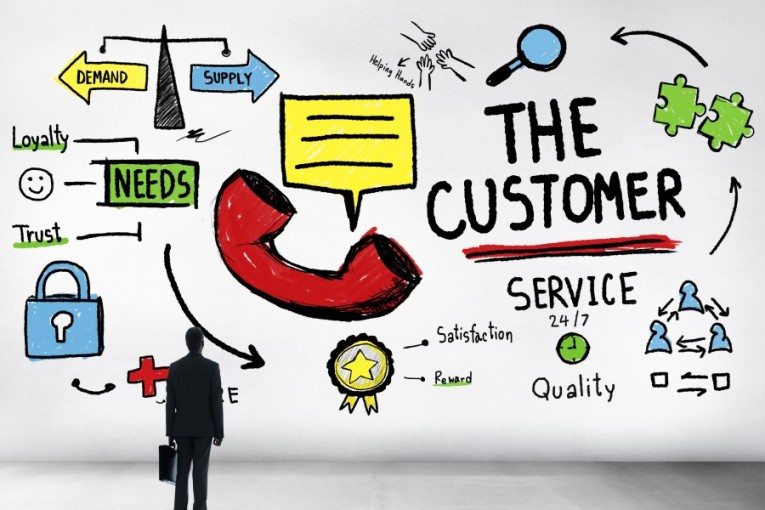After a recent run in with @Uber and their “cleaning fee” and an unscrupulous driver in Maine, I put pen to paper, or fingers to keyboard in this case, and I offer a clear balanced path for the future management of driver – rider relations and mitigation.
Uber, your a technology company that provides a platform connecting drivers and riders. Why can’t you enact simple technology based rules to protect both rider and driver? My son was recently slapped with a fraudulent “cleaning” charge that was eventually removed, but why did it get assessed in the first place? Simple technology based rules could have avoided the entire issue.
- All drivers who wish to protect themselves must take a photo of their car interior rider areas each day. Photos are automatically tagged with the EXIF date data, thus documenting the time date stamp.
- Drivers wishing to make a claim must immediately photograph the damaged area prior to taking another rider, again the photos are automatically tagged with the EXIF date data, thus documenting the time date stamp. This stamp must correspond to within 15 minutes of the rider in question trip end, and prior to a new rider/trip.
- Once a damage claim is made a rider is immediately notified with a default given response period (48 hours) if no response is made the driver is automatically awarded the claim! If a rider responds, the claim is reviewed by an Uber representative and a decision is made. All parties are notified of the decision and the claim is awarded or denied! You can even insert a secondary “Appeal” period of 48 hours allowing the loosing side to submit any additional data. If at anytime the driver hasn’t complied with Uber policy or provided all documentation required, the claim is denied!
In the end Uber drivers are small business owners! The issue of overcoming reasonable doubt falls on the business owner, not the consumer! The consumer is right unless proven otherwise!
Utilizing these simple rules can save Uber and other similar platforms that connect service providers and sellers to consumers a tremendous amount of negative backlash, and can work to proactively negate harmful social media content which hurts the brand and represents significant losses of revenue.





